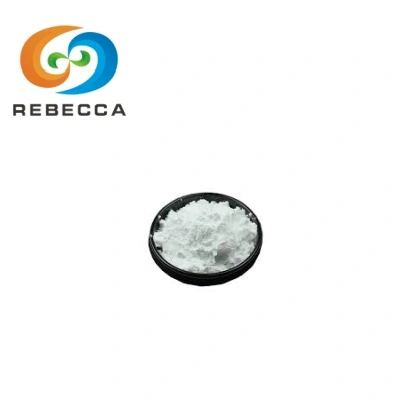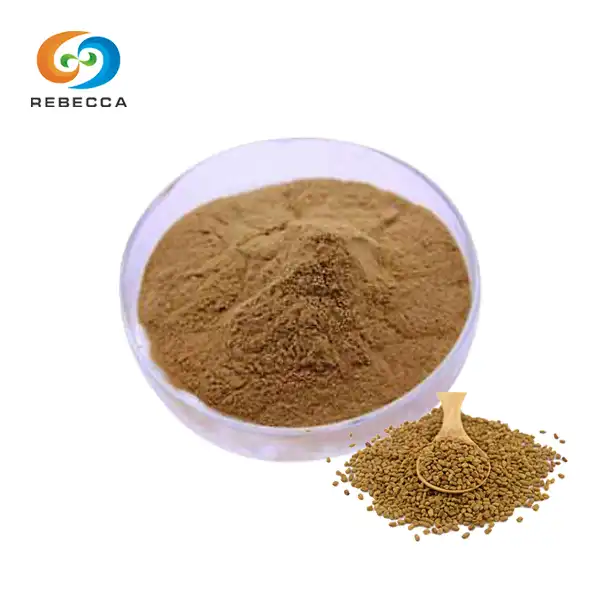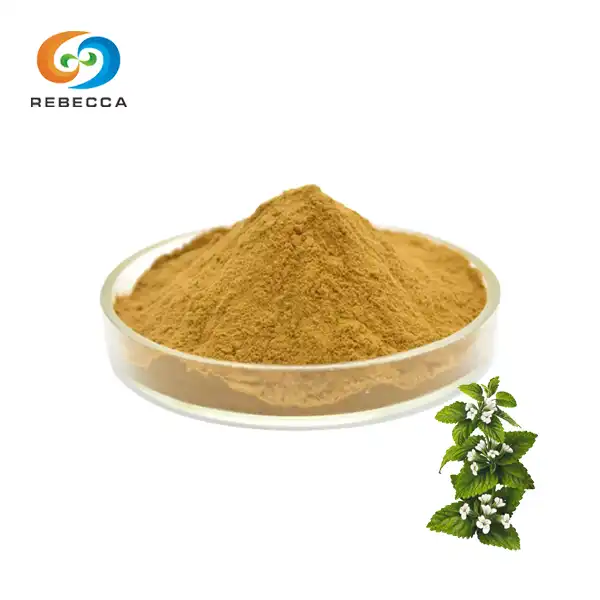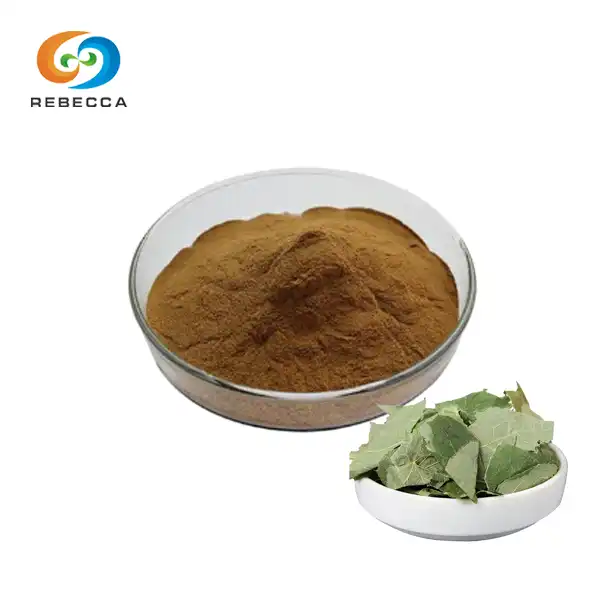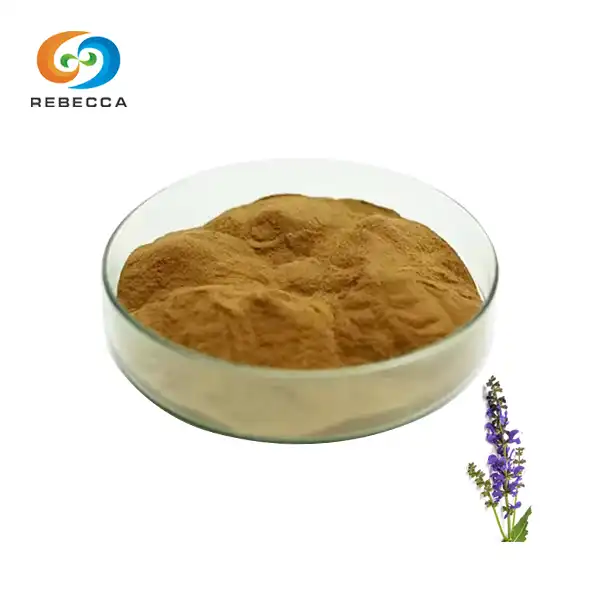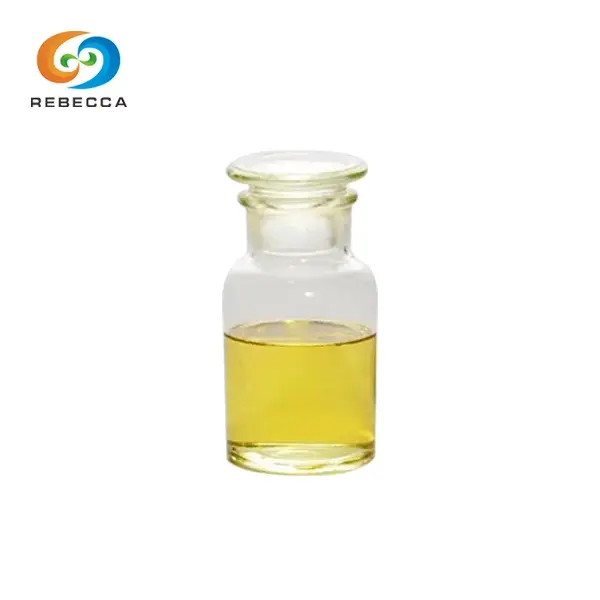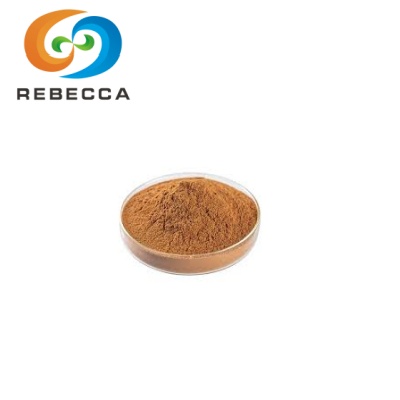Effects of l-ergothioneine on dna repair
The relationship between ergothioneine and DNA repair encompasses three primary areas of influence. These include its role in reducing oxidative stress that can damage genetic material, its ability to enhance the cellular machinery responsible for DNA repair, and its capacity to modulate inflammatory responses that can interfere with proper repair processes. Each of these areas represents a crucial component in maintaining cellular health and preventing the accumulation of genetic damage over time.
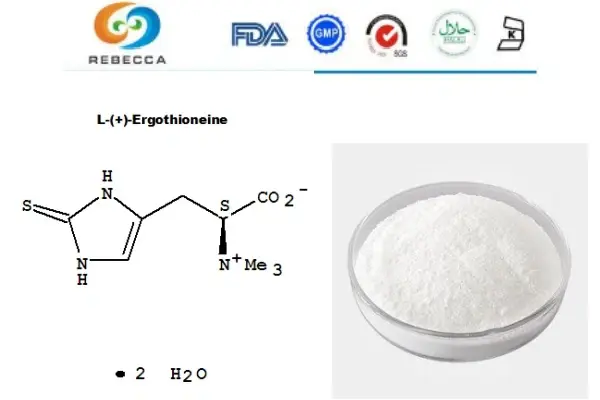
Reduces Oxidative DNA Damage (Indirect Effect)
The foundation of L-ergothioneine's protective effects lies in its exceptional antioxidant capabilities. Unlike many other antioxidants that work temporarily or in specific cellular compartments, this amino acid demonstrates sustained activity throughout various cellular environments. Its unique chemical structure allows it to neutralize reactive oxygen species (ROS) that pose significant threats to DNA integrity.
Oxidative DNA damage occurs when free radicals interact with the genetic material within our cells, creating lesions that can lead to mutations if left unrepaired. L-ergothioneine acts as a molecular shield, intercepting these harmful species before they reach critical cellular targets. Research has shown that cells with higher concentrations of this compound exhibit significantly lower levels of DNA oxidation markers, suggesting its preventive role in maintaining genomic stability.
L-ergothioneine's ability to regenerate other antioxidant systems within the cell is particularly effective in this protective role. While vitamin C and vitamin E work primarily as sacrificial antioxidants, becoming oxidized themselves in the process of neutralizing free radicals, ergothioneine can be recycled through cellular mechanisms. This recycling capacity means that smaller amounts of the compound can provide prolonged protection, making it an efficient guardian against oxidative stress.
The compound's presence in mitochondria is especially significant for DNA protection. These cellular powerhouses generate substantial amounts of reactive oxygen species during normal energy production, creating a constant threat to both mitochondrial and nuclear DNA. L-ergothioneine's accumulation in these organelles provides targeted protection where it's needed most, helping to maintain the integrity of genetic material in the face of ongoing oxidative challenges.
Furthermore, studies have demonstrated that L ergothioneine can protect against specific types of DNA damage caused by environmental toxins and radiation. This protective effect extends beyond simple ROS scavenging, suggesting that the compound may influence cellular stress response pathways that coordinate protective mechanisms when cells encounter damaging agents.

Enhances DNA Repair Pathways (Direct Effects)
Beyond its protective antioxidant functions, L-ergothioneine appears to directly influence the cellular machinery responsible for detecting and repairing DNA damage. This direct enhancement of repair pathways represents a more active role in maintaining genomic integrity, complementing its protective effects with restorative capabilities.
Research has revealed that ergothioneine can modulate the expression and activity of key DNA repair enzymes. These enzymes form the backbone of cellular repair systems, working in coordinated pathways to identify damaged DNA sections, remove problematic segments, and restore the original genetic sequence. When these systems function optimally, cells can effectively address damage before it becomes permanent, preventing the accumulation of mutations that contribute to aging and disease.
One of the most significant ways L-ergothioneine supports DNA repair is through its influence on base excision repair (BER) pathways. This repair system specifically addresses oxidative DNA lesions, working to remove damaged bases and restore proper DNA structure. Studies have shown that cells treated with ergothioneine demonstrate enhanced BER activity, suggesting that the compound can boost the cell's capacity to address oxidative damage even after it occurs.
The compound also appears to support homologous recombination repair, a sophisticated mechanism that cells use to address double-strand breaks in DNA. These breaks represent some of the most serious forms of genetic damage, requiring precise molecular machinery to restore chromosome integrity. L-ergothioneine's ability to enhance this repair pathway suggests it may help cells recover from severe DNA damage that could otherwise prove fatal.
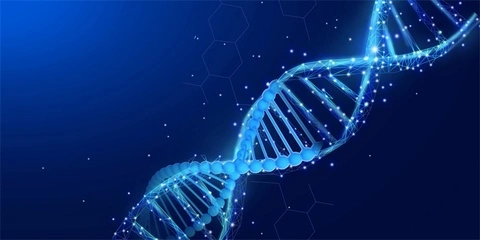
Modulates Inflammation to Support Repair
The relationship between inflammation and DNA repair creates a complex cellular environment where L-ergothioneine's modulatory effects prove particularly valuable. Chronic inflammation can significantly impair DNA repair mechanisms while simultaneously increasing the production of DNA-damaging reactive species. This creates a destructive cycle where cellular damage accumulates faster than it can be addressed.
L-ergothioneine demonstrates remarkable anti-inflammatory properties that help break this destructive cycle. The compound can modulate key inflammatory mediators, including nuclear factor-kappa B (NF-κB), a transcription factor that regulates inflammatory gene expression. By moderating NF-κB activity, ergothioneine helps maintain an inflammatory balance that supports rather than hinders DNA repair processes.
The compound's anti-inflammatory effects extend to the modulation of cytokine production. Pro-inflammatory cytokines can interfere with DNA repair by redirecting cellular resources away from maintenance functions toward inflammatory responses. L ergothioneine helps regulate cytokine levels, ensuring that inflammatory responses remain proportionate and don't overwhelm the cell's repair capabilities.
Research has shown that L-ergothioneine can specifically target inflammatory pathways that generate DNA-damaging species. For example, it can modulate the activity of NADPH oxidase, an enzyme complex that produces reactive oxygen species as part of inflammatory responses. By regulating this enzyme system, ergothioneine prevents inflammation from becoming a source of additional DNA damage.
The compound also supports the resolution phase of inflammation, a critical process that allows tissues to return to normal function after addressing threats or damage. Proper inflammation resolution is essential for DNA repair because it creates a cellular environment conducive to maintenance and recovery. L-ergothioneine's ability to promote inflammation resolution means that cells can more quickly return to optimal repair function after inflammatory challenges.
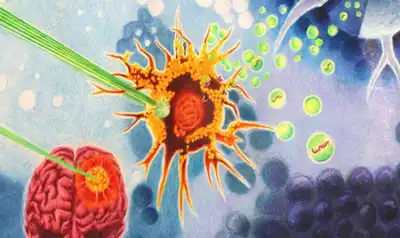
Rebecca: L-Ergothioneine Supplier
At Rebecca Bio-Tech, we understand the critical importance of high-quality L-ergothioneine in supporting cellular health and DNA repair mechanisms. Our commitment to excellence ensures that researchers and manufacturers have access to premium-grade materials for their applications.
• Purity: 99% minimum
• Form: White crystalline powder
• Analysis: HPLC verified
• Solubility: Water-soluble up to 10 mg/ml
Whether you're conducting research into DNA repair mechanisms or developing products that harness the protective benefits of ergothioneine, our team is ready to support your projects with reliable supply and technical expertise. We maintain strict quality standards throughout our production process to ensure consistent, high-purity materials that meet your specifications.
Contact our experienced team today at information@sxrebecca.com to discuss your requirements.
References
Tanret, C. (1909). Sur une base nouvelle retiree du seigle ergote, l'ergothioneine. Comptes Rendus Hebdomadaires des Seances de l'Academie des Sciences, 149, 222-224.
Melville, D. B., et al. (1954). The structure of ergothioneine. Journal of Biological Chemistry, 206(1), 221-228.
Cheah, I. K., & Halliwell, B. (2012). Ergothioneine; antioxidant potential, physiological function and role in disease. Biochimica et Biophysica Acta, 1822(5), 784-793.
